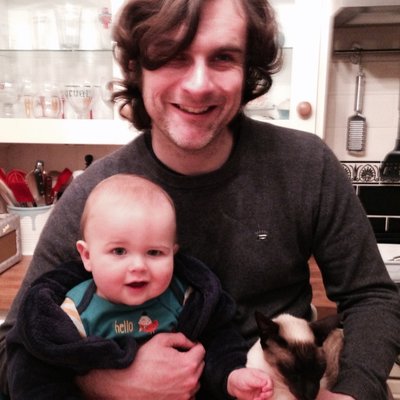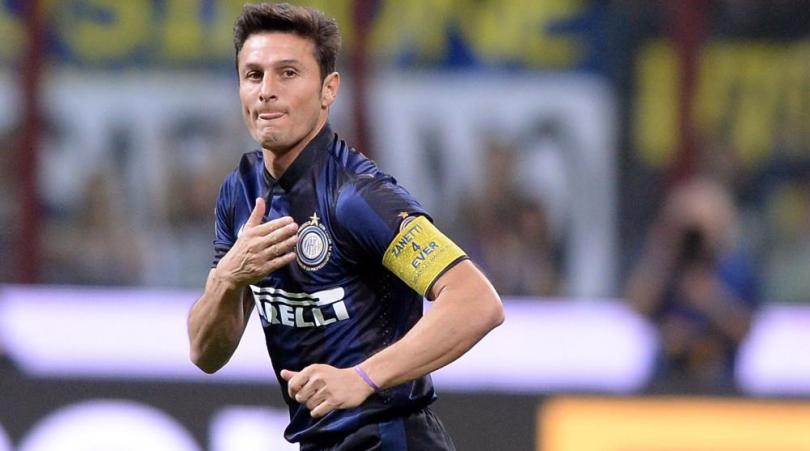FFT in SA: Cape Town
FFT's whistle-stop tour of South Africa hits its picture-postcard hot-spot...
Cape Town is one of those rare cities that takes your breath away as soon as you arrive. Its main attractions are immediately on display: it's sandwiched between the glittering Atlantic Ocean (donâÂÂt try to swim in it, mind, itâÂÂs as cold as Scarborough and 10 times more dangerous), and the glorious Table Mountain.
A return trip to the top of TM costs 170 rand (about ã17) and is an absolute must for any visitor: the views on a clear day rival anything youâÂÂve ever seen. Having said that, half the time, the peak is shrouded in cloud â aka âÂÂthe tableclothâ â so you might be able to see sod-all.
Table with a view
ThereâÂÂs a cracking little restaurant at the top, and thereâÂÂs also good news for MillwallâÂÂs botany club â incredibly, there are 30% more different species of plants on Table Mountain than in the whole of Europe.
From the summit you can pick out the wondrous Cape Town Stadium (more of which later) and Robben Island, the prison where Nelson Mandela spent nearly two decades. ItâÂÂs now a world-class museum, and if you choose to visit, itâÂÂs likely that your tour guide will be a former inmate who battled the harsh apartheid regime. Truly humbling.
At ground level, make sure you stroll around the V&A Waterfront and picturesque harbour. Nobel Square has statues of South AfricaâÂÂs four Nobel Prize winners (including Mandela â who is everywhere in this country, and Desmond Tutu), and next door thereâÂÂs a great aquarium. There are also numerous superb restaurants (including a Nobu and Maison), plus bars and cafes galore to lounge in and soak up the majestic views.
Get FourFourTwo Newsletter
The best features, fun and footballing quizzes, straight to your inbox every week.
Statuesque defending there
The Grand Parade will be the site of one of the biggest fansâ festivals at the World Cup. This is a historic place: the squareâÂÂs City Hall is where Nelson Mandela made his famous speech upon his release, and itâÂÂs flanked by the Castle of Good Hope, the oldest surviving colonial building in South Africa. The six flags on display represent the six different national regimes that have run the country.
Those interested in their history should also stop in on the National Library of South Africa, the Natural History Museum or St GeorgeâÂÂs Gothic Cathedral, and visit District 6 â not the set of a recent sci-fi movies, but rather a shameful reminder of the apartheid regime. This desolate area of the city is where 60,000 black residents were forcibly removed.
Wannabe WAGs, meanwhile, should hit St GeorgeâÂÂs Mall, where youâÂÂll find western goods at African prices, and Green Market Square, where you can pick up traditional African crafts â perfect for the folks back home.
The fansâ festival will connect to the stadium via a 2km âÂÂfansâ walkâÂÂ. It will show all the tournamentâÂÂs games on a big screen and serve local food and drink. There will also be fansâ parks at the Cape Flats Townships and Tombo Hall.
The clubs and bars of Long Street and Adderly Street â Cape TownâÂÂs prime nightlife areas â will also be buzzing. While youâÂÂre safe in these areas, itâÂÂs advisable to get a taxi between them and your accommodation.
If youâÂÂve got a decent budget, take high tea at the Mount Nelson Hotel, where John Lennon was once mistaken for being a tramp, or try to get a table at one of AfricaâÂÂs best hotels, the perfectly-situated Table Bay â which is where Barack Obama lays his head when heâÂÂs in town.
Further out of the city, beach areas like Mouille Point and Grainger Bay have lots of places to stay, eat and drink. Clifton Beach and Camps Bay have some of the best nightlife on the continent, are very safe and enjoy truly spectacular sunsets. Fourth Beach in Clifton is known as AfricaâÂÂs Copacabana â so if the sun is shining (which it often is during winter) this is the place to head for a kickabout. Jeff Bay, meanwhile is a centre of South African surfing and another great place to stay.
Fourth Beach (first three not pictured)
A good amount of extra accommodation has been laid on for the World Cup. Many locals are leaving the cities and renting out their homes â or at least renting out a room â for the duration of the tournament, and camping is also an inexpensive option. Find out more here.
The âÂÂMother Cityâ is also perfectly placed for any number of mouth-watering day trips. We visited the rich vineyards of Stellenbosch, Franschhoek and Paarl on a tasty but head-spinning day tour. An hourâÂÂs drive out of the city takes you deep into the heart of AfricaâÂÂs only great wine-producing regions, sampling a glorious range of reds and whites.
The other pictures were mysteriously blurry...
The country is now the worldâÂÂs seventh biggest wine producer, and you can visit huge vineyards or tiny, specialist boutique winemakers according to your taste. There are inexpensive coach tours available, but many people choose to hire a minibus and get the driver to take them to out-of-the-way corners of the region, which also houses some of the countryâÂÂs best restaurants. Essential for booze-hounds.
Alternatively, head up the coast and see the penguins in the wild at Simonstown, Boulders Bay.
The Stadium
England play Algeria at Cape Town Stadium on Monday 21 June. FIFA representative Danny Jordaan recently said that the 68,000-capacity Green Point Stadium was the most beautiful ground heâÂÂd ever seen, and heâÂÂs apparently inspected venues in over 200 countries. ItâÂÂs hard to argue.
With its Teflon mesh roof, gentle African contours and silver-grey seats glinting like the sun on the sea, this is set to be the iconic view of World Cup 2010; no wonder the BBC chose to situate their studio behind this stadium rather than at Johannesburg's Soccer City.
Granville, fetch a chainsaw for those posts...
The venue is set amid pleasant parkland, and can be walked to easily from the city centre via the fansâ park. Like the Royal Bafokeng, it is spacious and open. If youâÂÂre lucky enough to have a ticket on the top tier, you can also enjoy unbelievable views of Table Mountain.
The inner sanctum...
FourFourTwo was lucky enough to be allowed access all areas: thereâÂÂs a huge mixing zone reminiscent of Wembley, and the changing rooms are enormous, with giant black leather seats a bit like Mastermind and personal safes for each player â just in case Wazza & Co are worried about their expensive watches getting half-inched while theyâÂÂre out on the pitch...
FFT's hosts wereSun International, Southern AfricaâÂÂs leading hotel group.
More World Cup stuff: Features * Lists * Interviews
FFT.com: Features * News * Interviews * Home
Interact: Twitter * Facebook * Forum
Nick Moore is a freelance journalist based on the Isle of Skye, Scotland. He wrote his first FourFourTwo feature in 2001 about Gerard Houllier's cup-treble-winning Liverpool side, and has continued to ink his witty words for the mag ever since. Nick has produced FFT's 'Ask A Silly Question' interview for 16 years, once getting Peter Crouch to confess that he dreams about being a dwarf.

